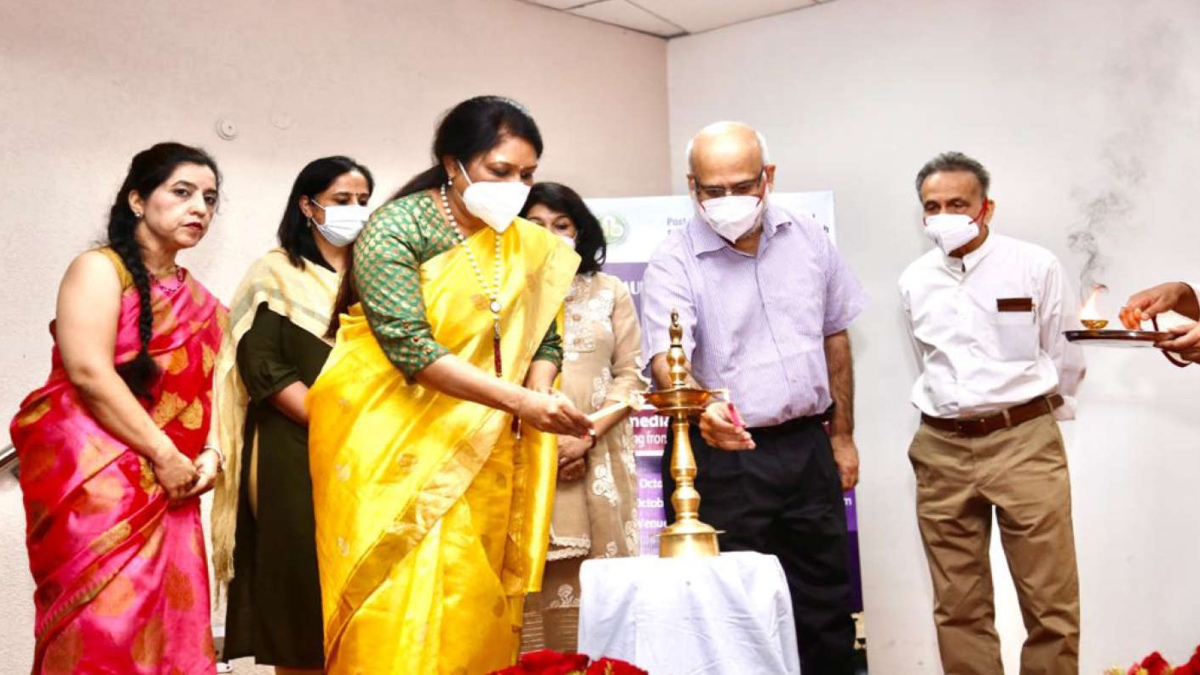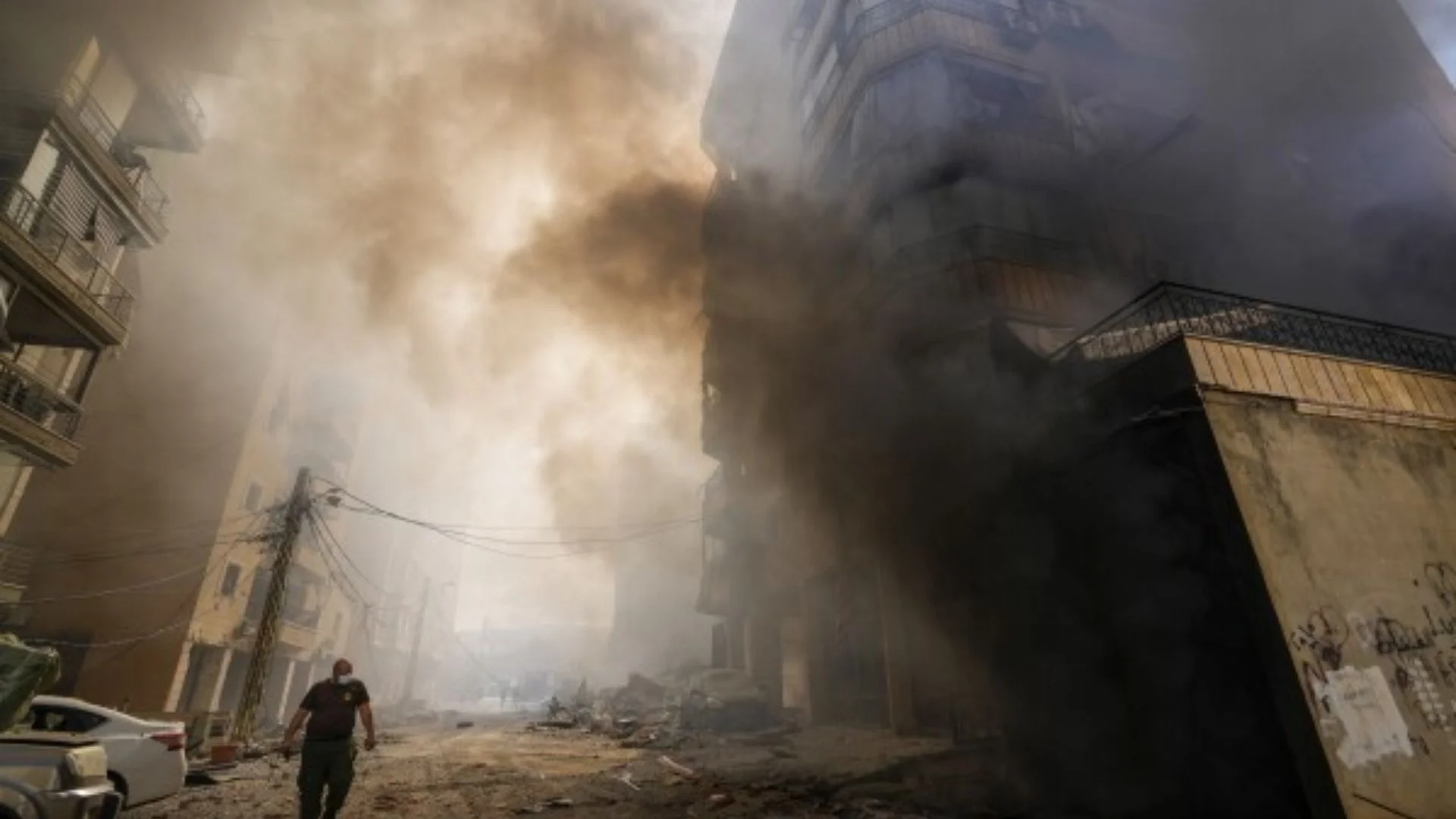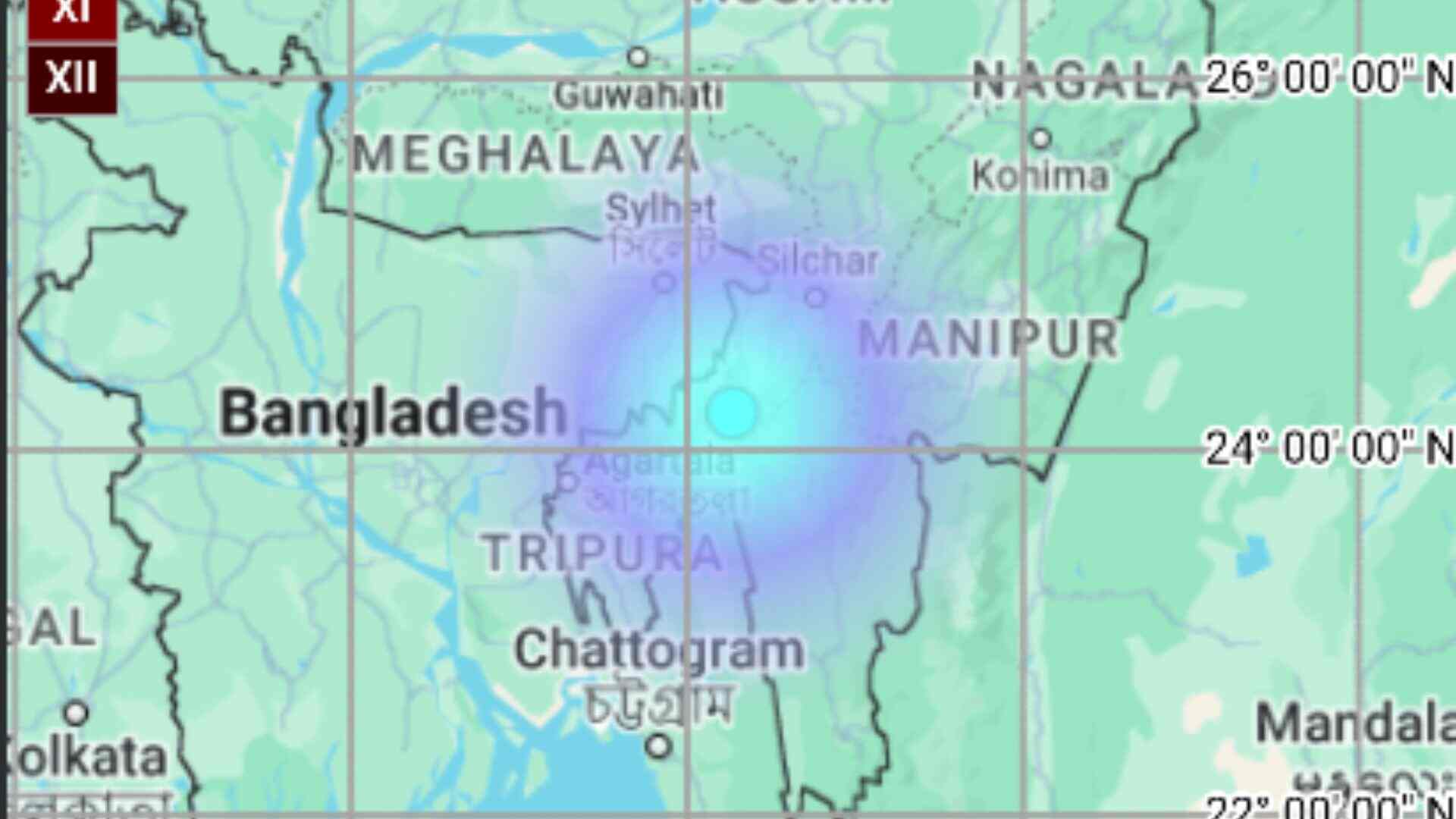
On regular basis, PGIMER Trauma Centre sees four to five cases when the police bring trauma cases there. Majority of them are badly injured. In some cases, bones are smashed to powder and in some cases, chest ribcage are compromised to extreme fragility. In all such cases, Platinum Ten is a concept that works wonders before the Golden Hour. PGIMER’s Trauma Anaesthesia Group’s much anticipated two day Conference on Trauma Resuscitation & Critical Care, talks on such issues and live demonstration to Police personnel for handling trauma cases following the Platinum Ten concept was held.
The first 10-minute interval after the trauma—the Platinum Ten—is a concept familiar to all types of emergency rescue and ambulance crews and is the period during which emergency crews, upon their arrival at the scene, assess the situation and initiate treatment and transport of casualties.
Addressing as Chief Guest at the inaugural ceremony of the second day, Prof. Y.K.Batra, former head, Dept. of Anaesthesia & Intensive Care, PGIMER stated, “The current scenario represents a unique challenge for the hospital trauma centre to treat patients in the first hour itself in varied emergencies. To provide quality care, it requires timely intervention at all levels from pre-hospital to community reintegration to assure the best outcomes.”
Endorsing the need to use Emergency Room protocols, Prof. Batra emphasised, “Early implementation of protocols has been reported to decrease patients’ length of stay in the emergency department by making diagnostic test results available early, improving patients’ time to critical care and bed availability. Using protocols has also been shown to facilitate the early treatment of pain and decrease delays in critical interventions.”
Prof. Kajal Jain, Dept. of Anaesthesia and Intensive Care, PGIMER and Organiser of the event stated, “Through a hybrid format of virtual and physical presentations, over 20 national and international experts in the field of trauma critical care imparted hands-on skills to delegates in areas like ventilation, neurocritical care, cardiac arrest, identifying head injury patients, addressing infection control, and intensive care unit, paving the way for immediate and future goals to reduce the accidental mortality.”














